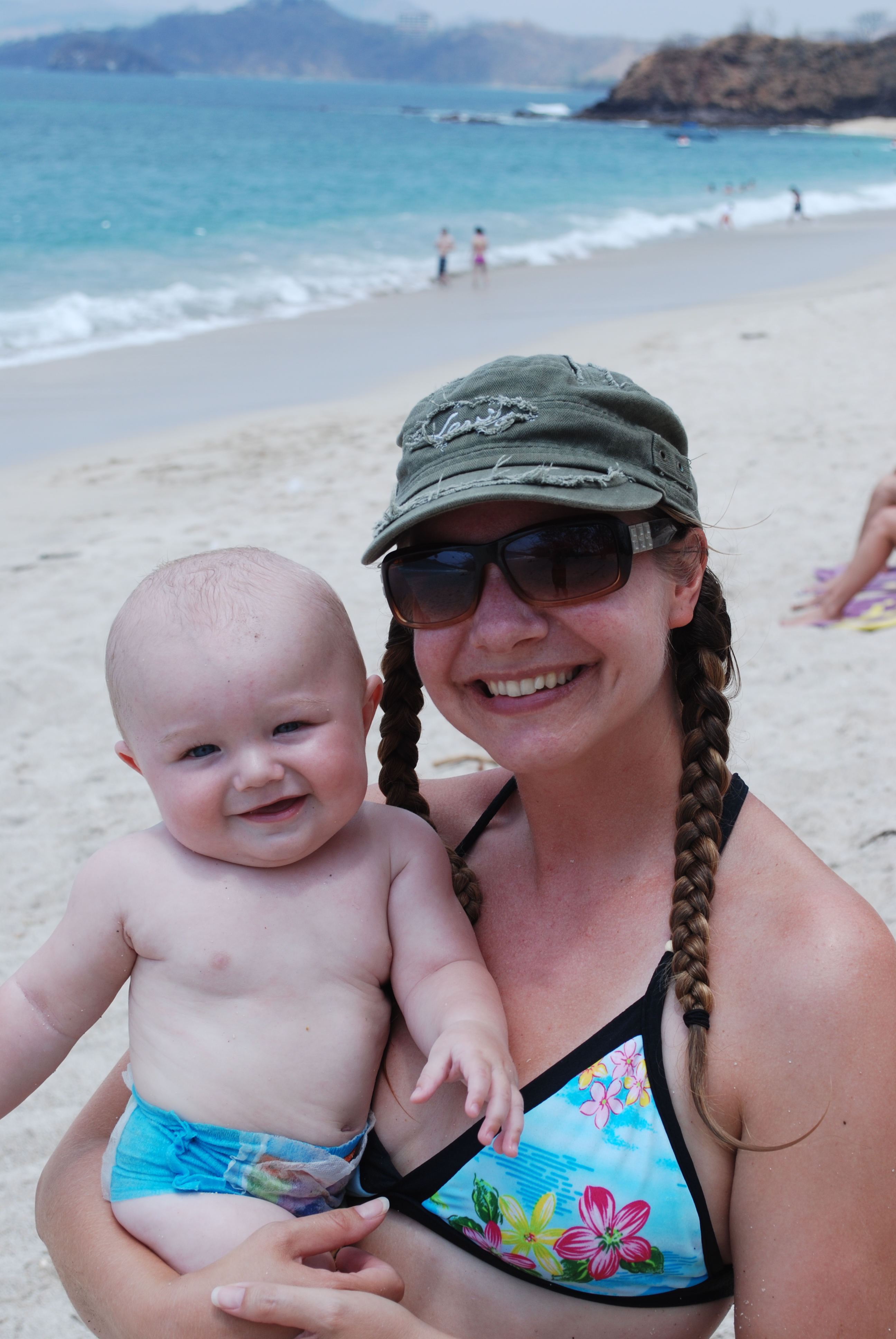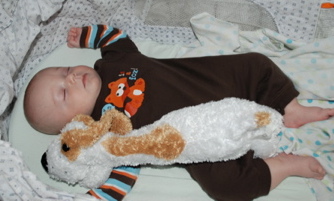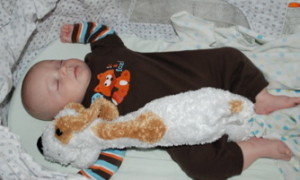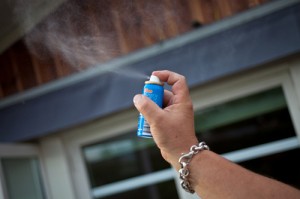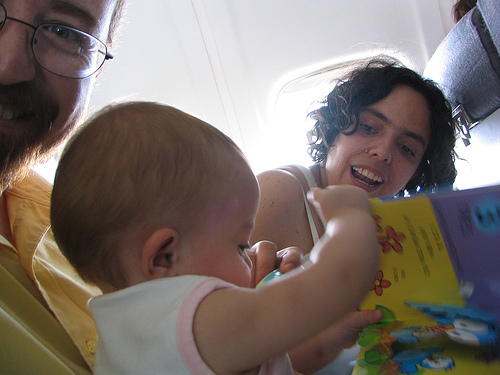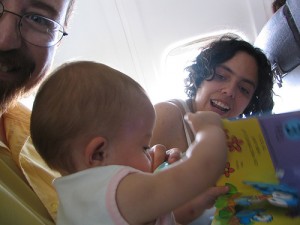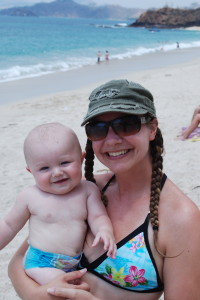
When trying to choose the right sunscreen for your infant, you arrive at the store, only to be completely overwhelmed by the row upon row of choices. Brand names you’ve heard of, brands that you haven’t, sunscreen for babies, sunscreen for kids, sunscreen for adults, sprays, lotions, ingredients with unpronounceable words…
How do you choose?
Here are some things to look for:
- provides broad spectrum UVA and UVB protection
- has an SPF of at least 15 to 30
- is water-resistant. Even if they aren’t going swimming, they may still sweat.
- is hypoallergenic, fragrance free and PABA free especially if your child has sensitive skin.
To get good protection from UVA rays, look for sunscreens that list avobenzone, titanium dioxide, or zinc oxide as one of their ingredients. Titanium dioxide and zinc oxide can be less irritating than avobenzone. To get good protection from UVB rays look for one of these ingredients:
- Benzophenones (Oxybenzone, Dioxybenzone, Sulisobenzone)
- Cinnamates (Cinoxate, Octocrylene, Octyl Methoxycinnamate)
- Menthyl anthranilate, also known as Meradimate
- Mexoryl SX, also known as Ecamsule
- Salicylates (Homosalate, Octisalate, Trolamine Salicylate, Octisalate)
- Padimate 0
- Phenylbenzimidazole
- Titanium Dioxide
- Zinc Oxide
Other helpful things to know about sunscreen ingredients:
Mexoryl SX is the newest sunscreen ingredient approved by the FDA. It provides broad-spectrum protection against UVA and UVB rays and was previously only available in Europe for many years. It is only available in high-end sunscreens, such as La Roche Posay Anthelios XL SPF 50 Cream and Lancome UV Expert 20.
Helioplex is a name brand for a sunscreen stabilizer that makes sunscreen ingredients more photostable, so that they don’t break down when exposed to the sun.
Unlike all of the other chemical sunscreen ingredients, which absorb the sun’s rays, Titanium Dioxide and Zinc Oxide are physical sunscreens that actually reflect the UVA and UVB rays of the sun.
Of these sunscreen ingredients, the ones that may concern some parents include retinyl palmitate (vitamin A) and oxybenzone. Although many experts think they are safe, it is a common sunscreen controversy, and some parents choose to avoid them.
For those looking for a natural product, Badger Baby Sunscreen SPF 30 Chamomile is Certified Natural and contains only organic ingredients. The medicinal ingredient is 18.75% zinc oxide, which reflect both UVA and UVB rays. All of the other ingredients are things like Extra Virgin Olive Oil, Beeswax, Natural Vitamin E and Cocoa Butter to name a few. It’s pricier than other sunscreens but it contains no hard to pronounce chemicals like some of the others.
The Canadian Cancer Society cautions to try to keep toddlers and children out of the sun, between 11 a.m. to 4 p.m. when the rays are at their strongest, or any time of the day when the UV Index is 3 or more.
You shouldn’t use sunscreen on babies under 6 month of age so for them, your best bet is sun protection clothing, made with fabric that provides an Ultraviolet Protection Factor (UPF) of 15 to 50+ and seeking shade.

